
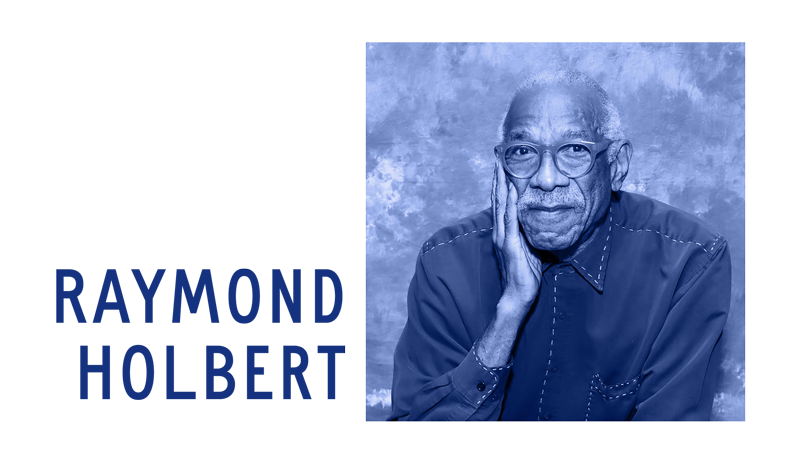
Raymond Holbert was born in California, living in Alameda, Berkeley, and Oakland. He holds three art degrees from the University of California in Berkeley. He has extensive experience in the related disciplines of Fine and Applied Arts and related Technologies.
Holbert is an active freelance photographer, digital illustrator, and designer. A former faculty member of the art department at the City College of San Francisco for 35 years, he continues to be a big fan of personal journals, diaries, and daily reminders. Holbert has exhibited in local and national shows for over 50 years and online.
Karen Hampton is an internationally recognized conceptual fiber artist, addressing issues of colorism and kinship. Her art practice is the synthesis of memory, history, time, and cloth. A student of cultural relationships, Hampton seeks to break through stereotypes and address issues related to being a woman. Using her training in the fiber arts and anthropology, she brings together the roles of the weaver, the dyer, the painter, the embroiderer, and the storyteller.
Hampton’s artwork is held in the collections of the Ruth and Elmer Wellin Museum, Hamilton College, Clinton, New York, and the Honolulu Museum of Art, Honolulu, Hawaii. She received the coveted Eureka Prize from the Fleishhacker Foundation in 2008. Hampton is an Assistant Professor at Massachusetts College of Art and Design, Boston, MA.
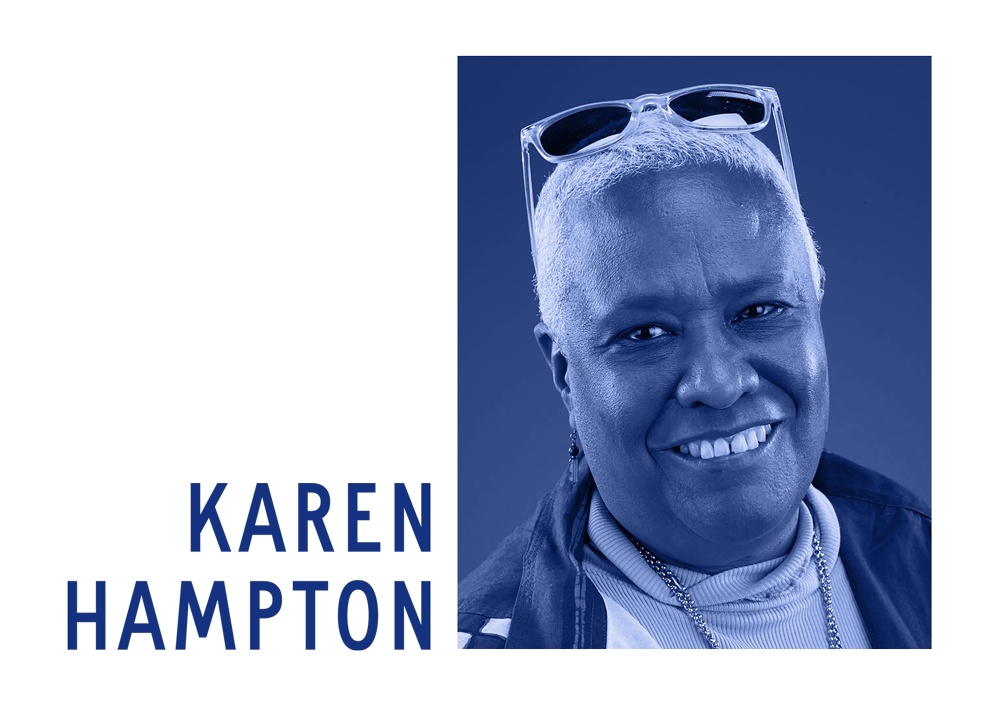

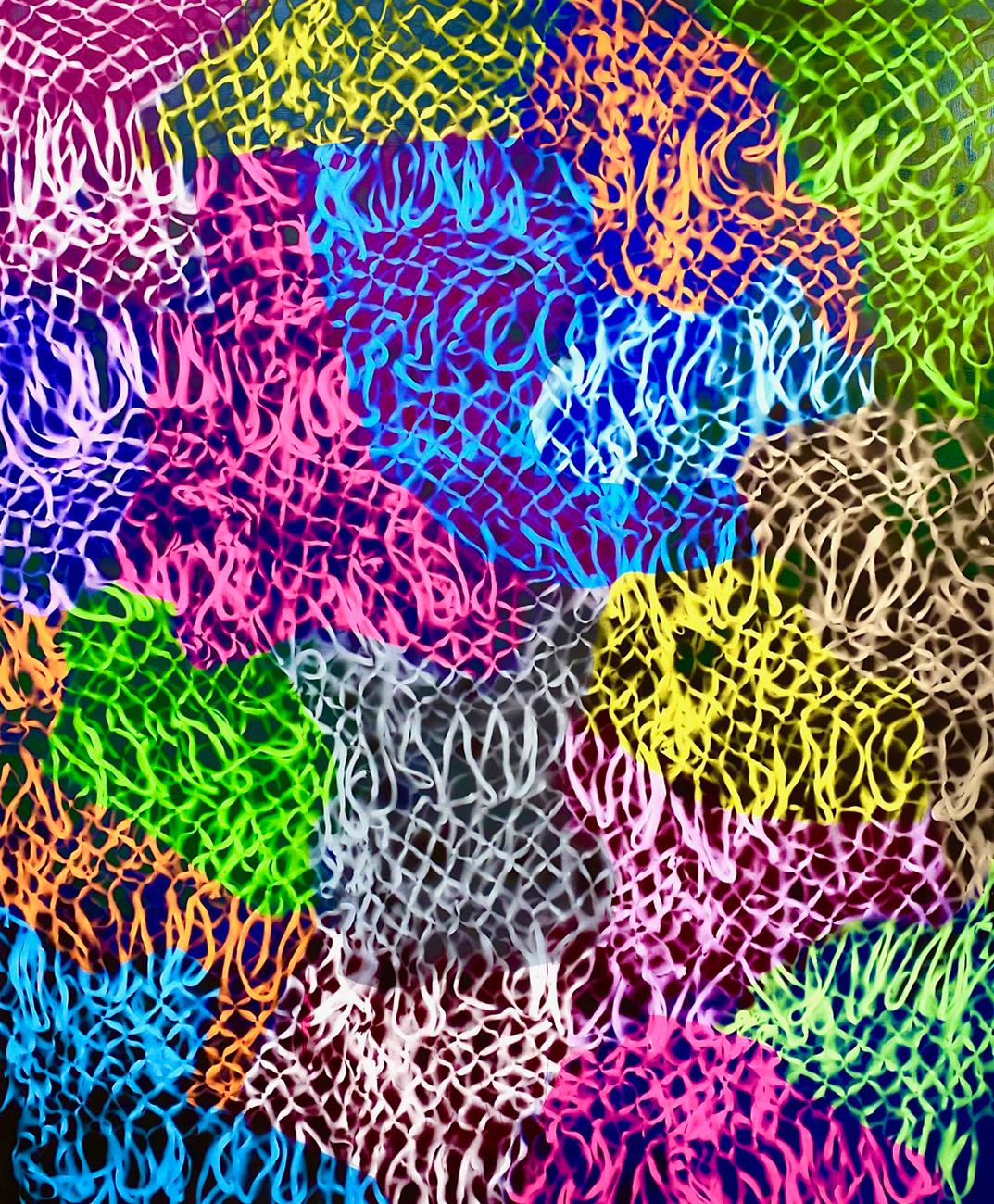
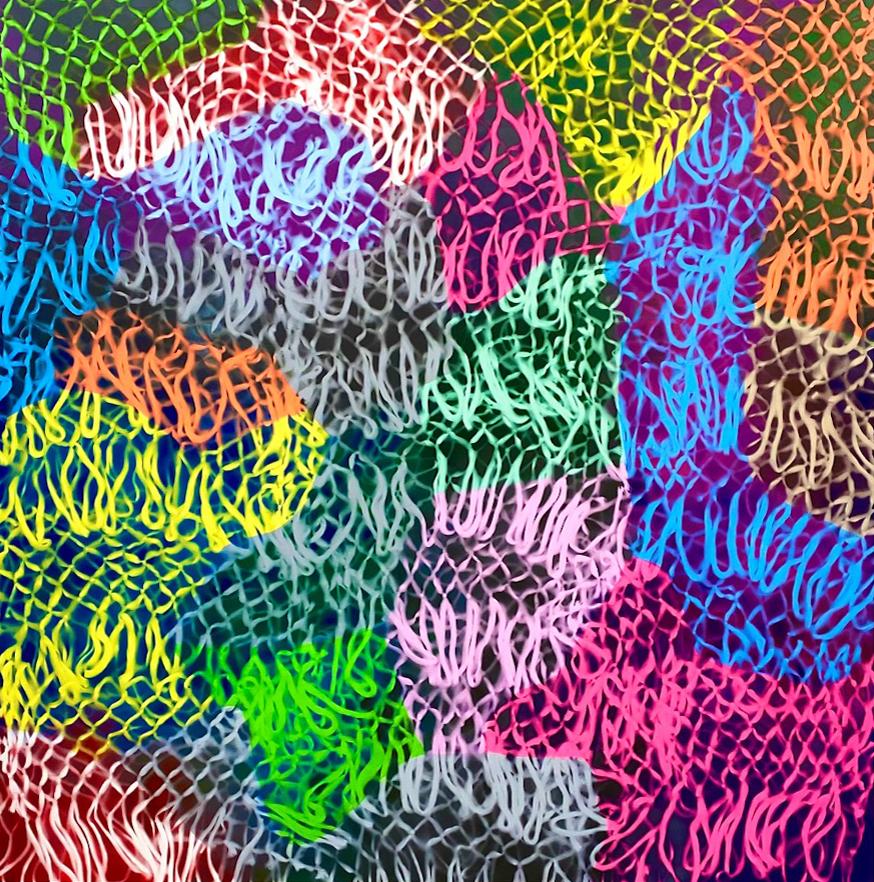

David Huffman is an artist whose paintings are an amalgamation of formal abstraction and social identity. He is often identified with the Afrofuturist movement. Huffman has been shown nationally and internationally at ICA, London; Iniva, London; the Studio Museum, Harlem; Miles McEnery Gallery New York, Santa Monica Museum of Art; the Wattis Institute, San Francisco; YBCA, San Francisco; the San Jose Museum of Art; the Crocker Art Museum, Sacramento; Berkeley Art Museum; and the Oakland Museum of Art, among others.
He is the recipient of the Fleishhacker Foundation Eureka Fellowship, the Artadia Foundation Award, and the Barclay Simpson Award. Huffman’s work has been featured in The New York Times, Art in America, Frieze, Artforum, Art Papers, Flash Art, Art on Paper, the San Francisco Chronicle, the International Review of African American Art, NY Arts Magazine, the San Francisco Bay Guardian, and Art Journal. He is an associate professor of Painting, Drawing, and Fine Arts at California College of the Arts.
April Banks is a Los Angeles-based artist, educated as an architect. Her conceptual art sits between photography, installation, and collaborative experiments. Recent projects time travel through archives and memories, questioning what we think we know of the past and how it informs our cultural positioning systems. Her social practice co-creates with communities and seeks to amplify lesser known stories. In pursuit of joy, yet often enraged, her work usually begins with a question.
She is also the producer of Tea Afar, a nomadic storytelling experience. For over a decade she made art that raised awareness and pointed to the global disparity in food security, farmers’ rights and fair trade. Tea Afar was conceived as a salve—bringing us together across borders—for all the divisiveness and exploitation that is propagated by a global trade economy.
Bank’s art has shown in Los Angeles, the San Francisco Bay Area, Chicago, Minneapolis, Cleveland, Daytona Beach, New Hampshire, Maryland, New York, Switzerland, Colombia, Brazil, United Arab Emirates, Senegal, and Ethiopia.
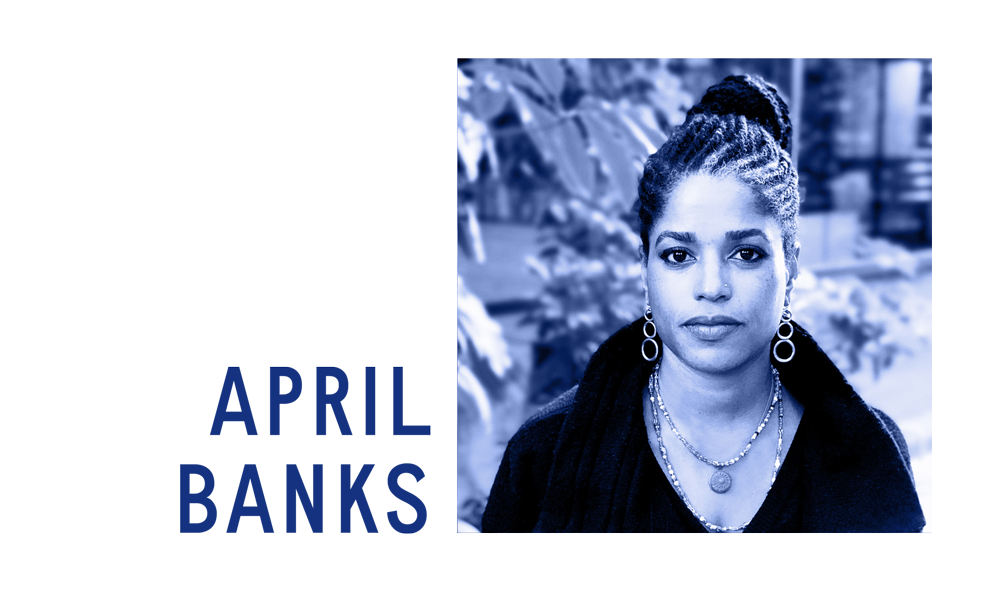
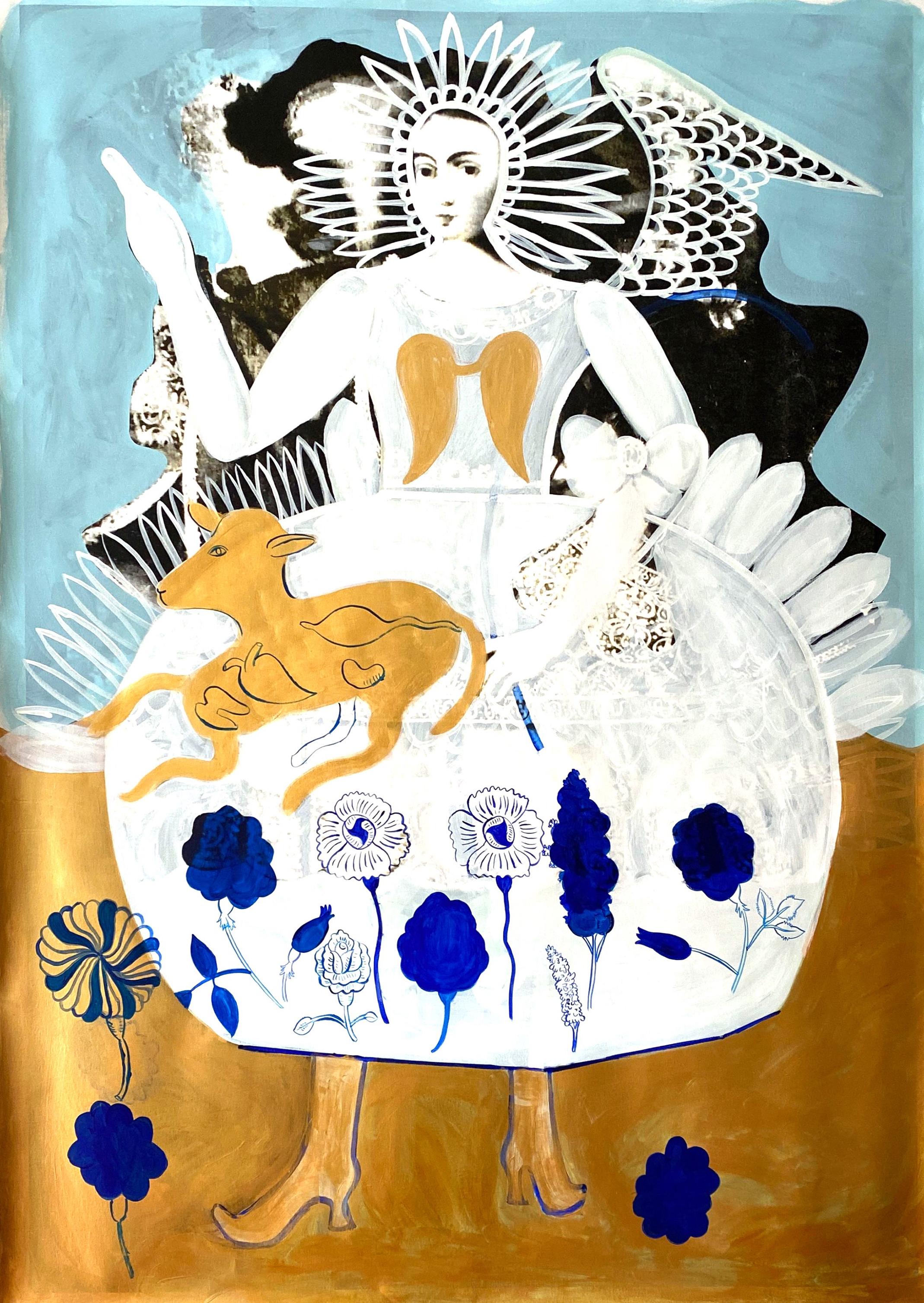

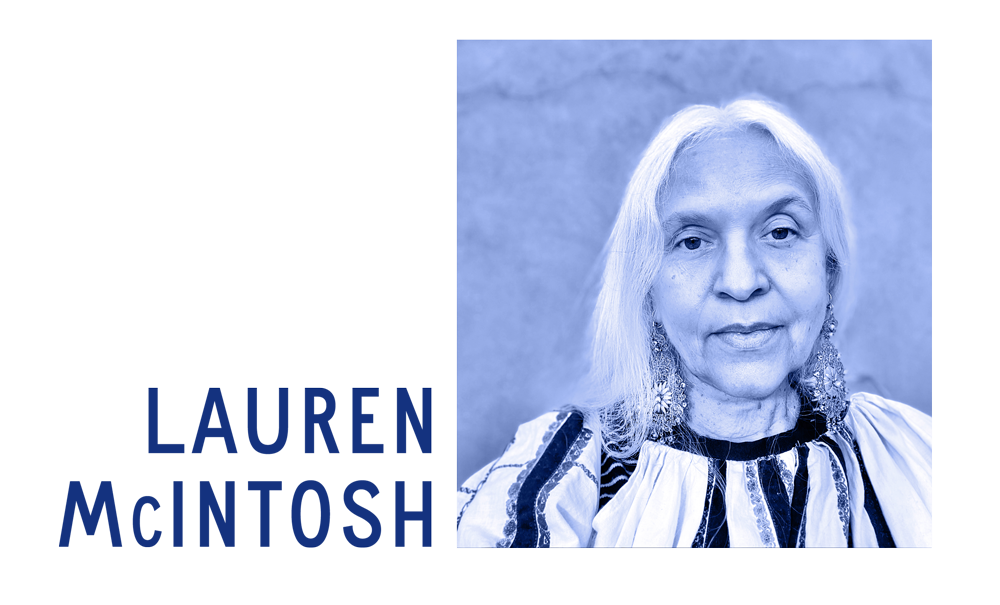
Lauren McIntosh is an American visual artist living in Berkeley, California. She is known primarily for large gouache figurative paintings as well as printmaking, calligraphy, and graphic and product design. She is also a co-owner of Tail of the Yak in Berkeley, California. She studied art at the University of California at Berkeley.
McIntosh was part of The Possible at the Berkeley Art Museum at the University of California in 2014. She has a large mural at Indian Springs in Calistoga, CA and a triptych mural at Nest Inn, Hakone, Japan. In the past, McIntosh was represented by Stephen Wirtz Gallery in San Francisco. She is currently represented by Casemore Kirkeby Gallery.
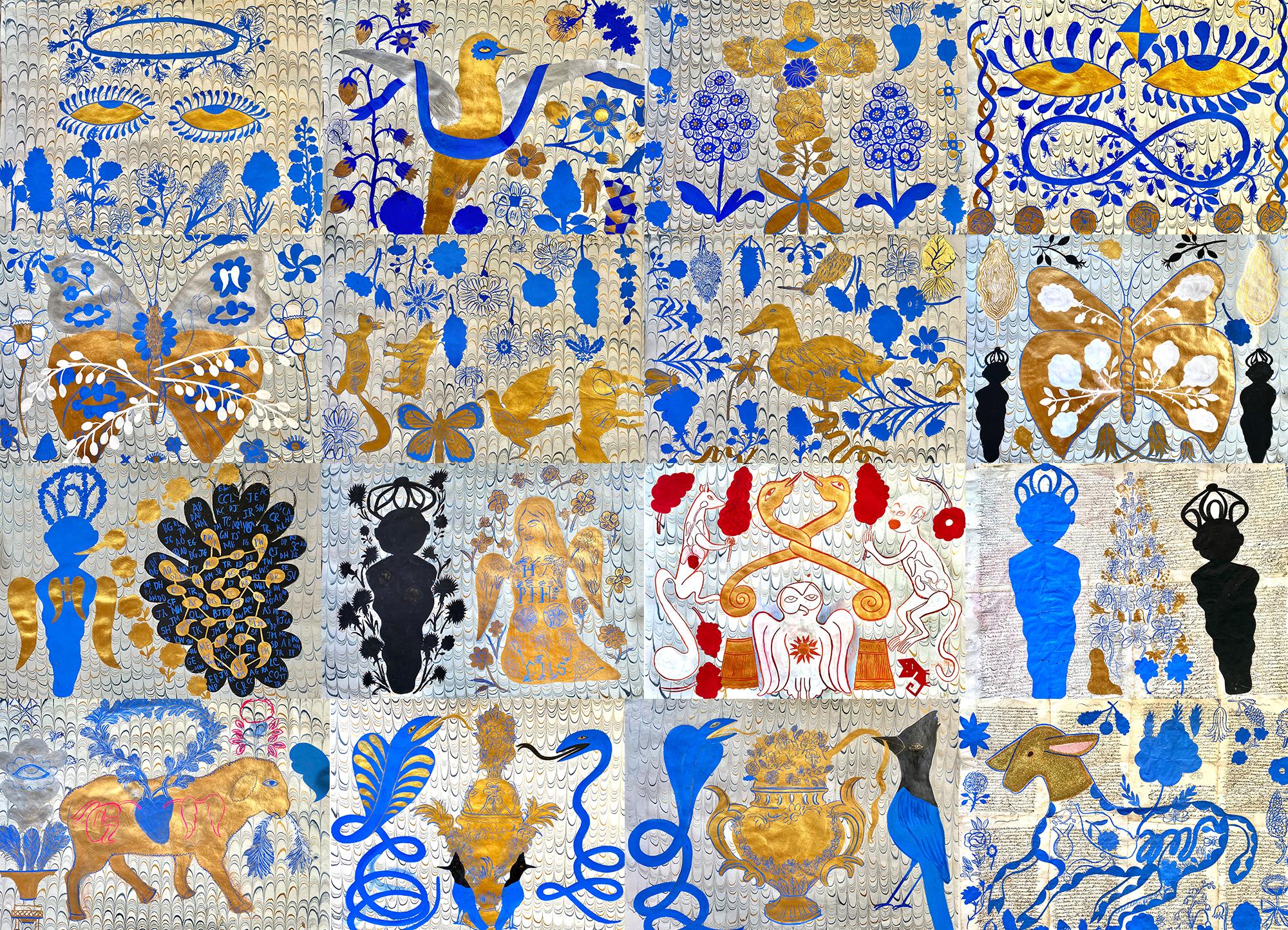
Lezley Saar was born in 1953 in Los Angeles to artist parents, Richard and Betye Saar. While attending San Francisco State University, she worked at KPFA radio in Berkeley as part of a Black collective, The Souls of Black Folk, and did illustrations for her writer friends. In the 1980s, she began making altered books.
Saar’s works now include paintings, drawings, book-works, photography, banners, collages, dioramas, and installations. Her practice deals with notions of identity, race, gender, beauty, normalcy, and sanity. She has exhibited nationally and internationally, and is in museum collections such as The Kemper Museum, CAAM, MOCA, LACMA, The Studio Museum, Harlem, The Ackland Art Museum, The Crocker Art Museum, The Museum of Fine Arts Houston, and The Santa Barbara Museum of Art.
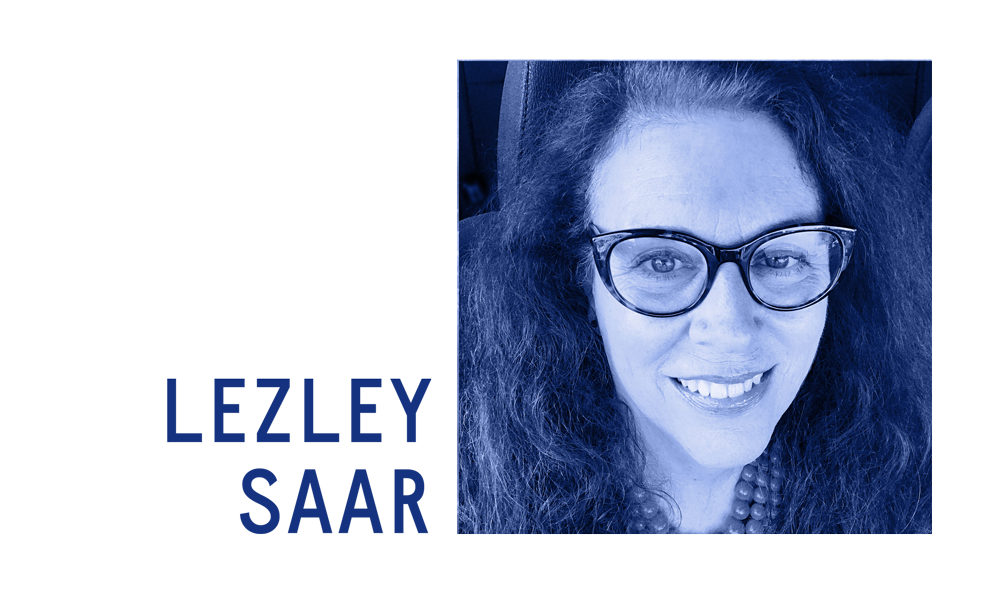

Lavialle Campbell is an artist who works with fabric, thread, and a home sewing machine to create contemporary quilts that are non-representational abstractions. Her pieces are driven by the personal pleasure of meticulous work, labor that requires time and dedication, and the challenge of transforming simple materials into an accumulation of space and form.
Campbell’s compulsion to create encompasses everything from creating macramé wall-hangings to seed beadwork to painting acrylic flowers on her sister’s Volkswagen. She has also always incorporated texture into her work, including in ceramics and glass.
Art is Campbell’s life, and it has saved her life through the years. She wouldn’t be able to survive without it.
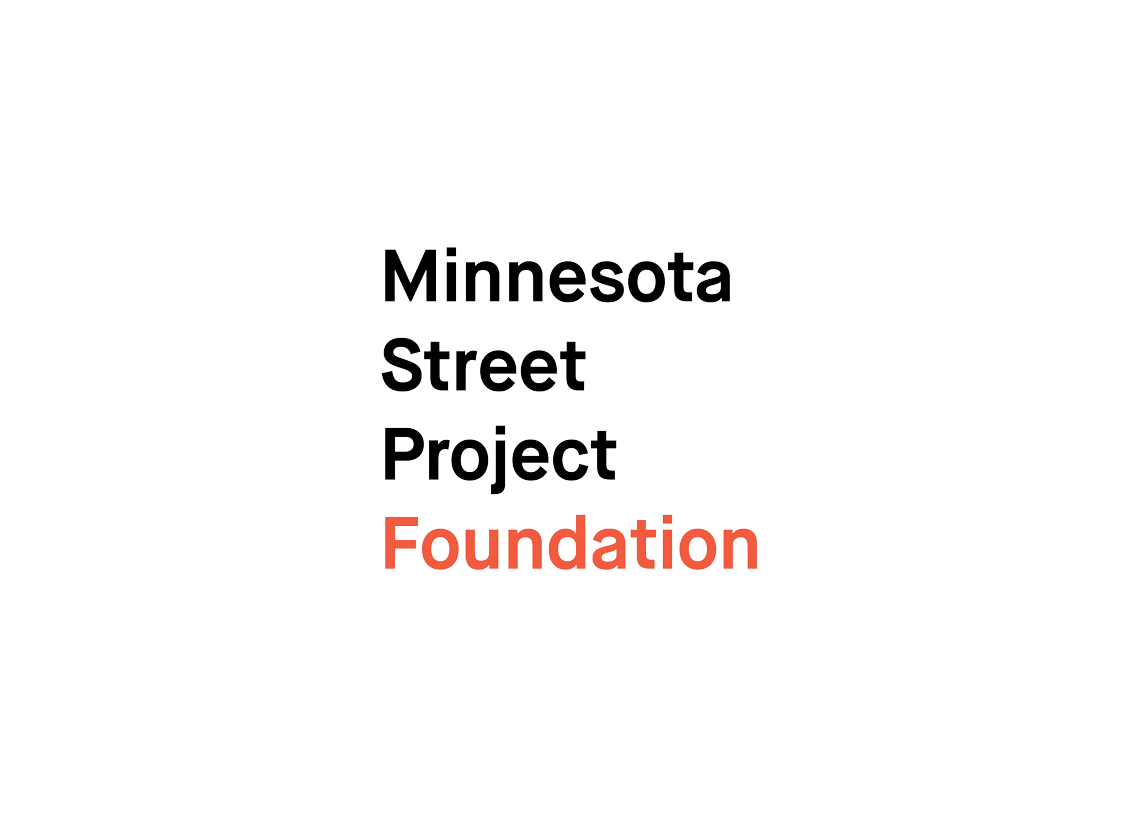
The Ambiguities of Blackness is part of the California Black Voices Project, a grant-making program of the Minnesota Street Project Foundation for Black artists and curators working in California.
Established in 2019, Minnesota Street Project Foundation embarks on initiatives to further develop the diversity and vibrancy of arts-related culture within and beyond the Project’s model. The Minnesota Street Project Foundation is dedicated to the realization of a thriving, sustainable arts community in the Bay Area.
Through collaboration, the Foundation advances educational and civic programming and provides direct financial support to artist and arts organizations. The Foundation commits to fostering relationships with local, national, and international businesses, individuals, and institutions to support the evolving landscape of art practice and patronage. For more information on supporting expanded programming, please visit Minnesota Street Project Foundation.

























